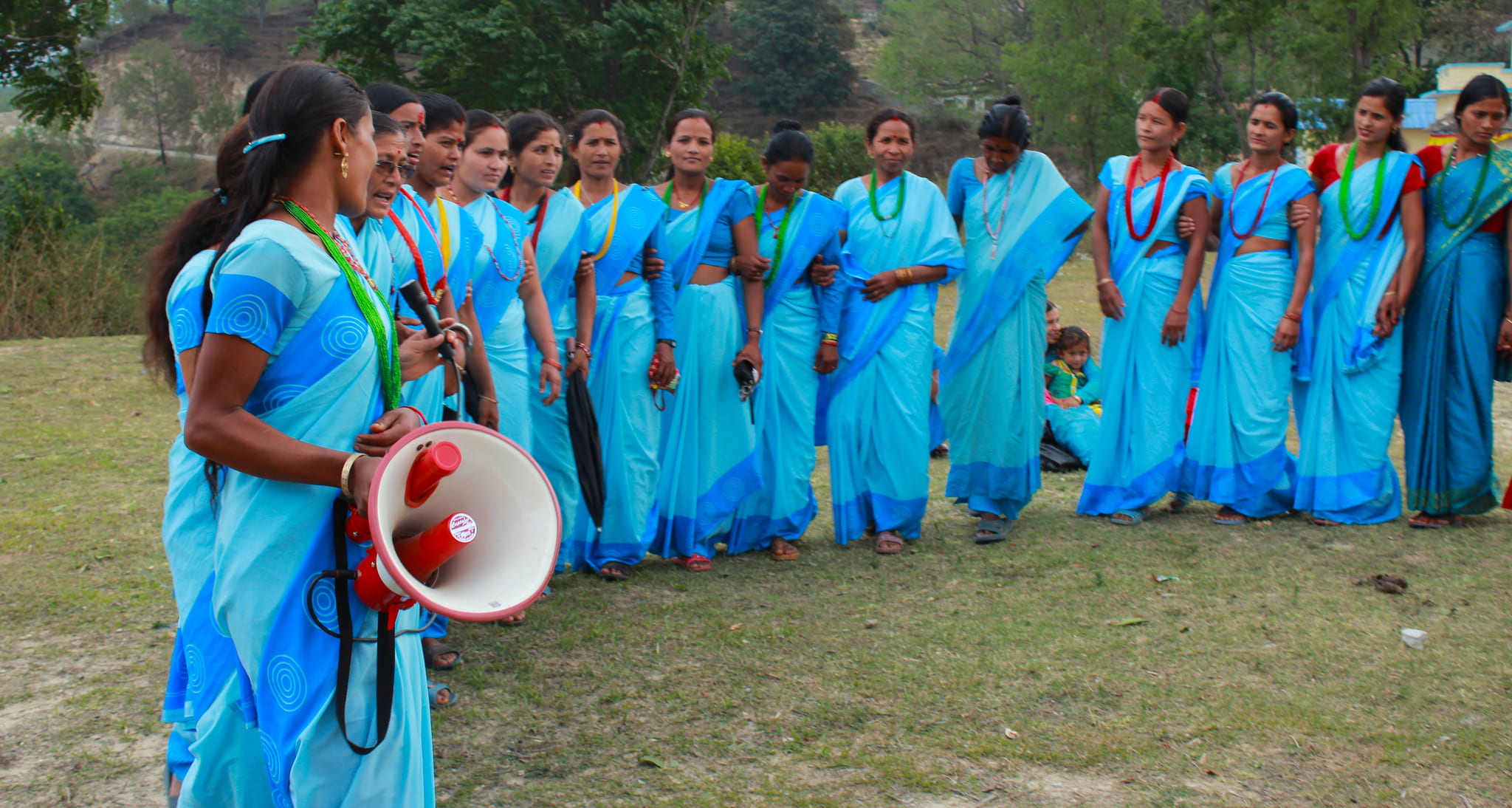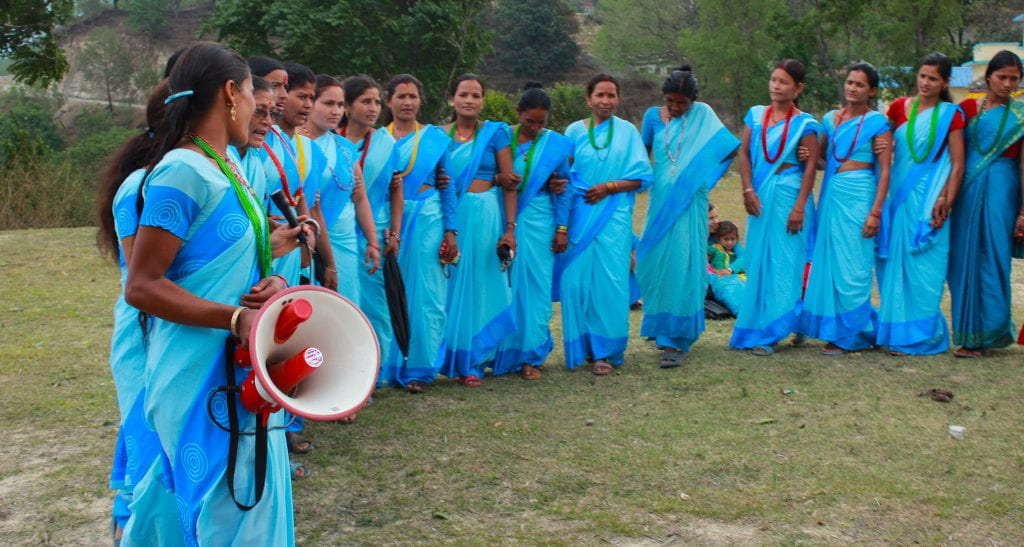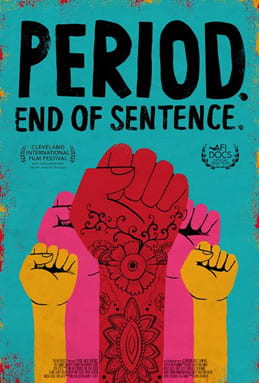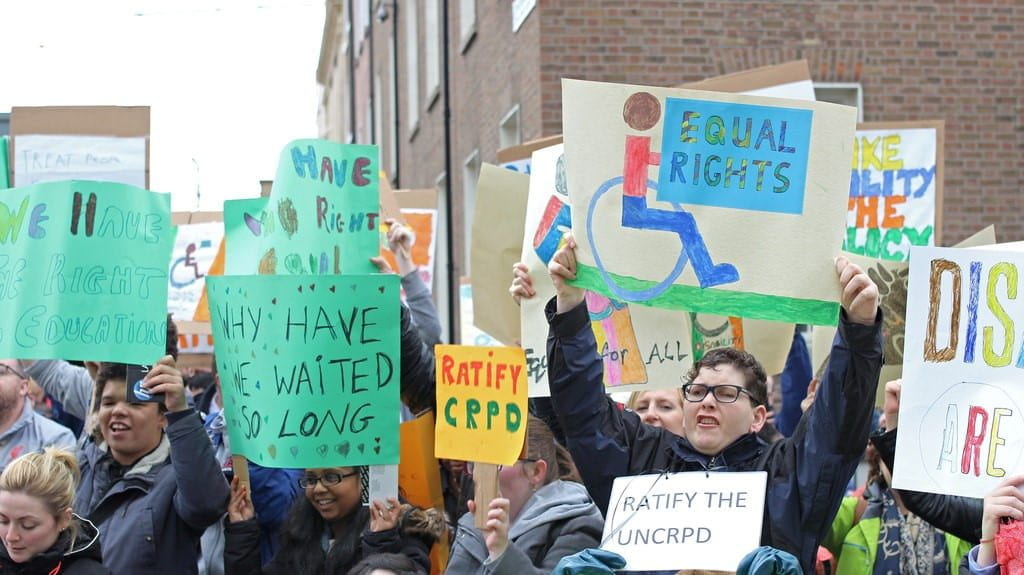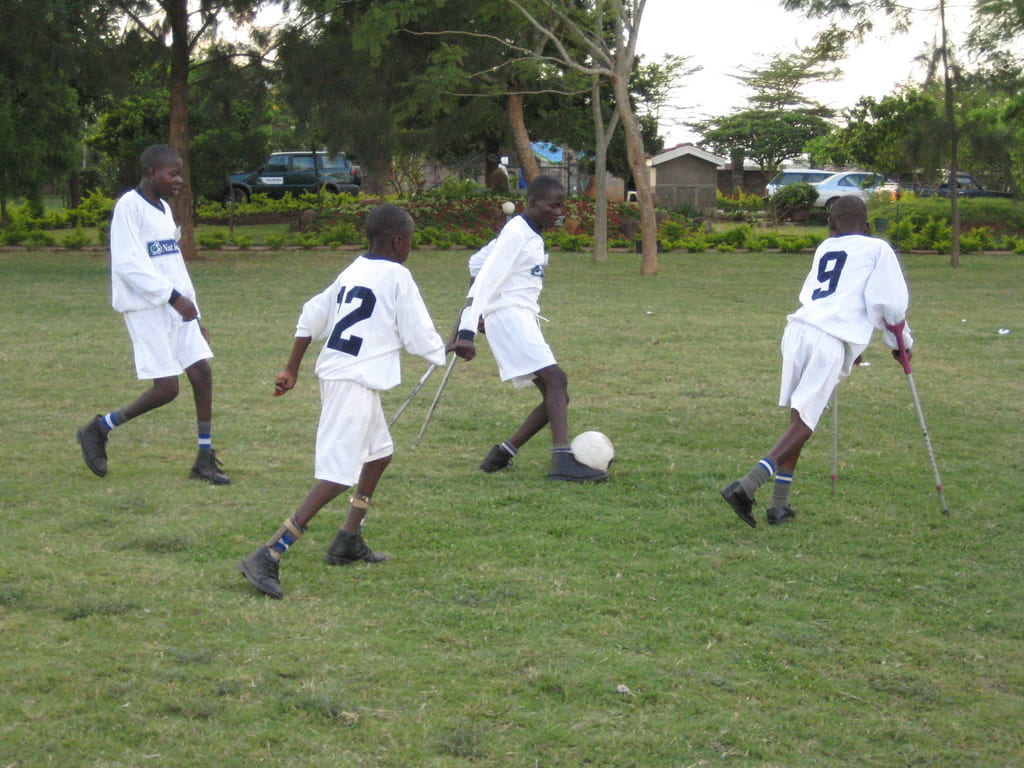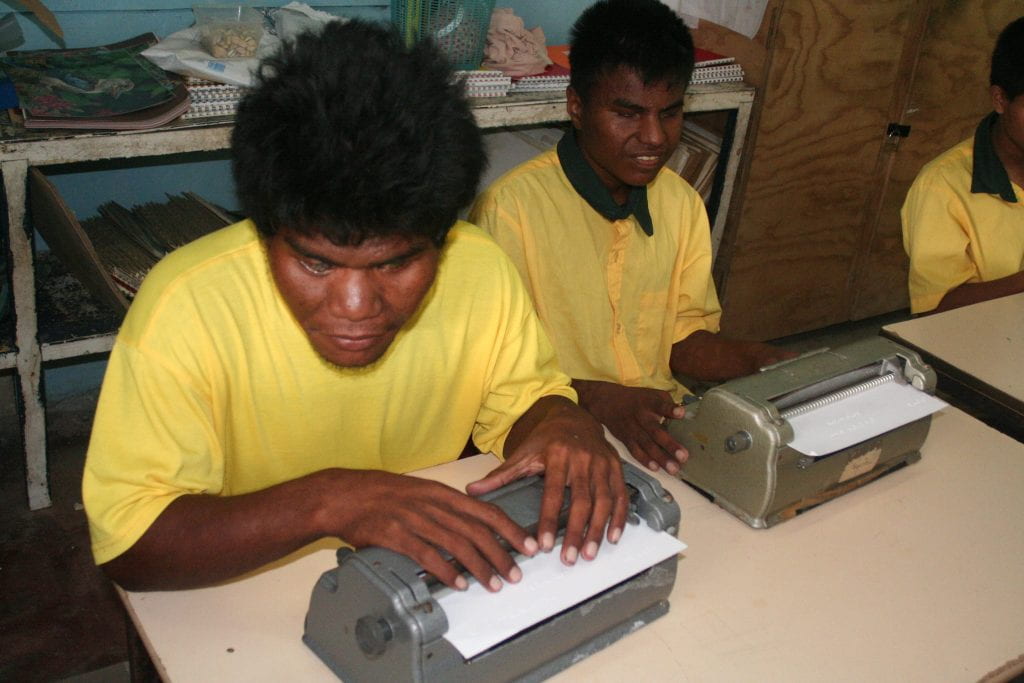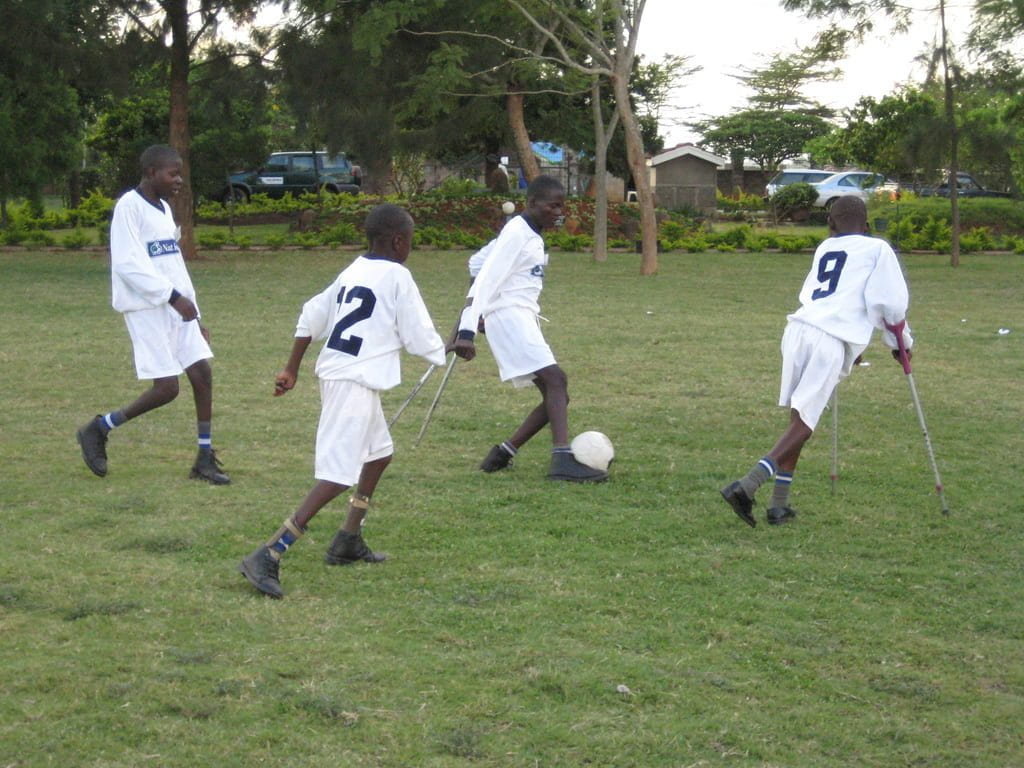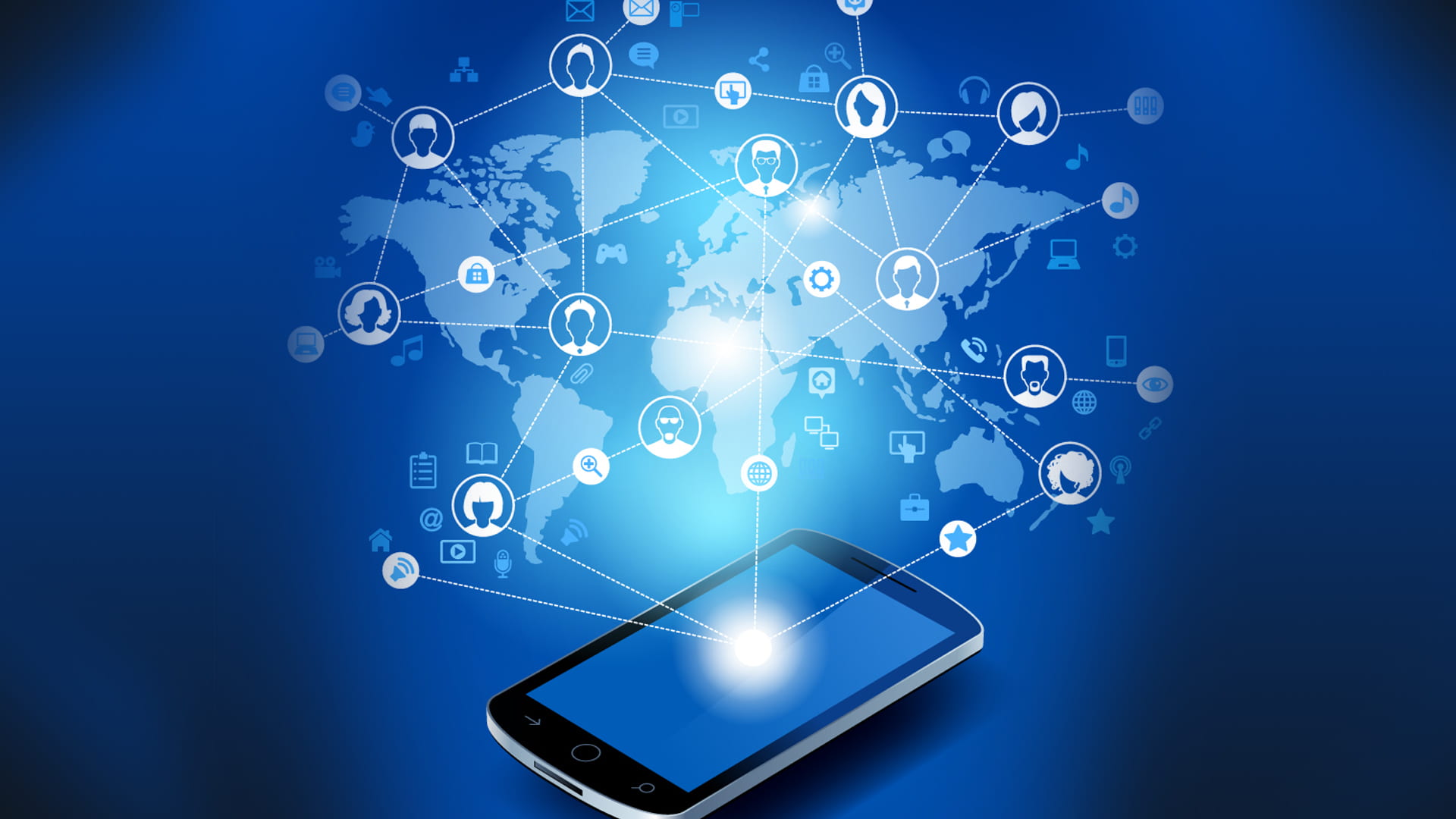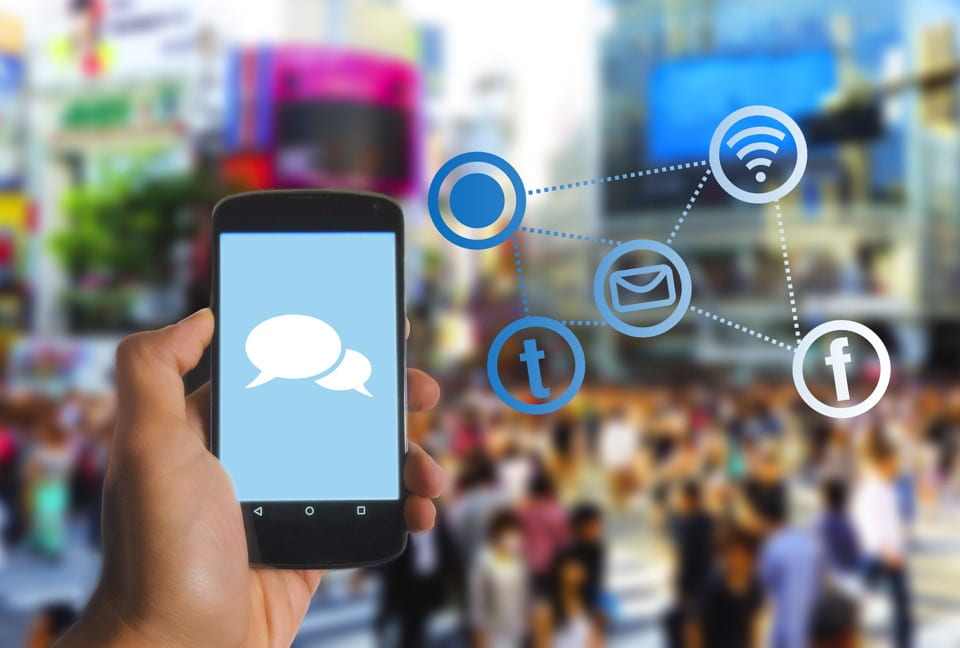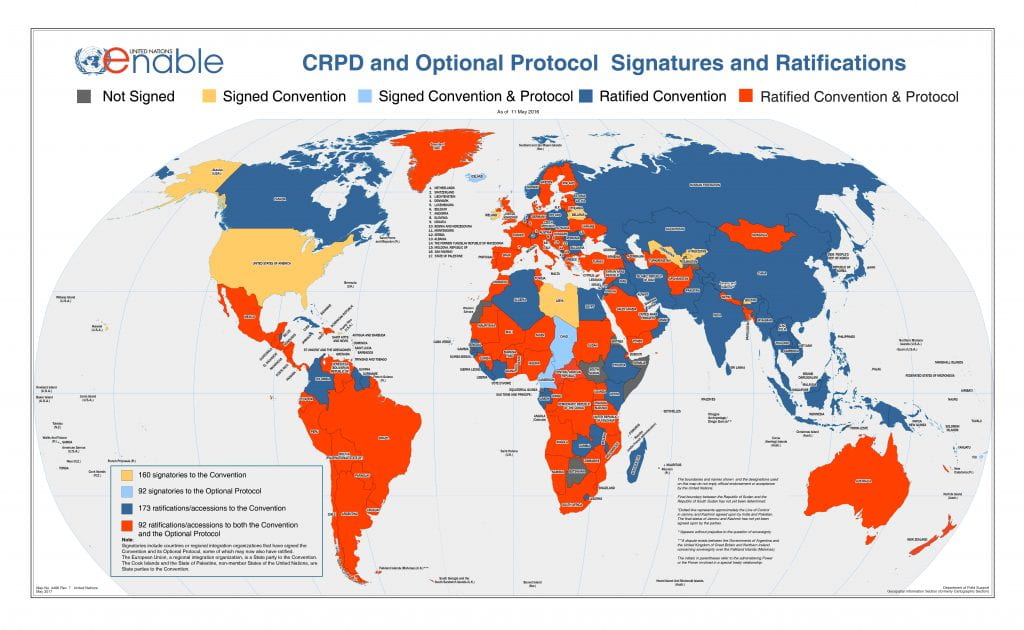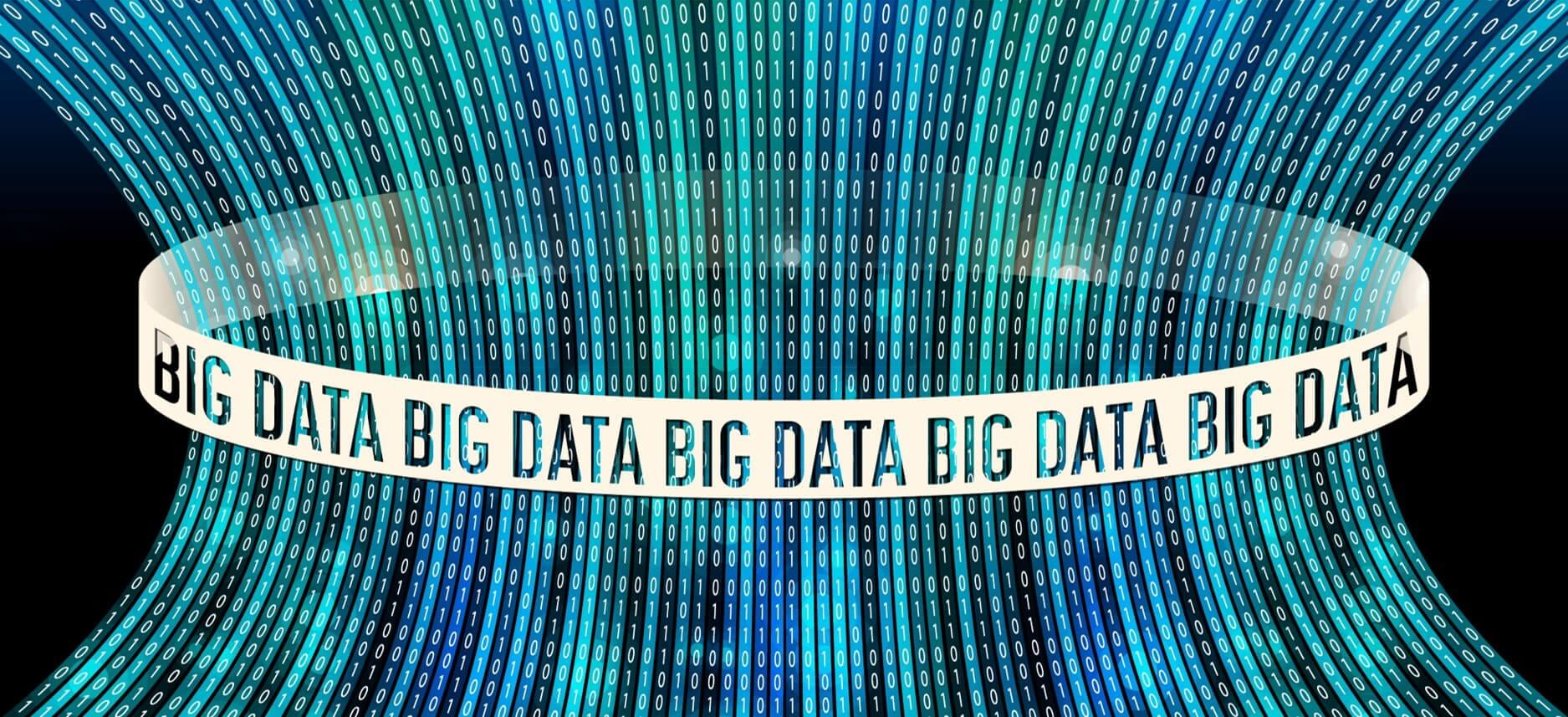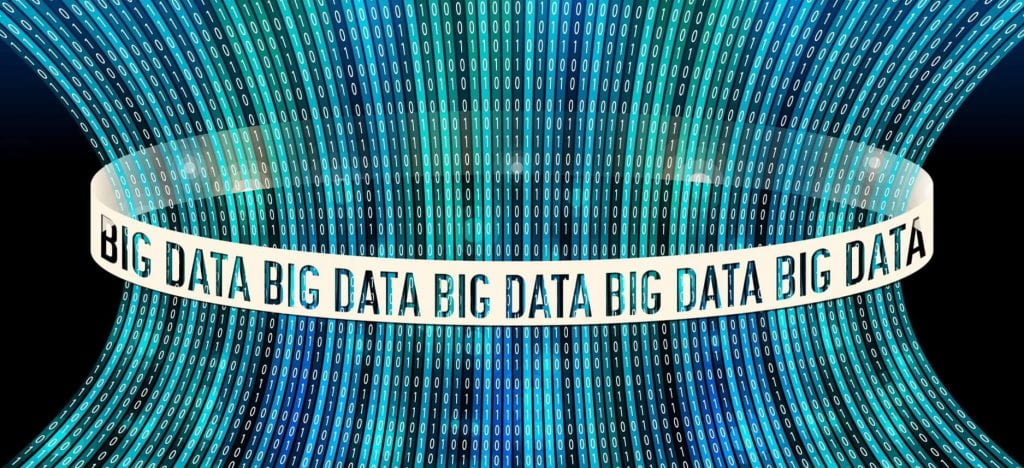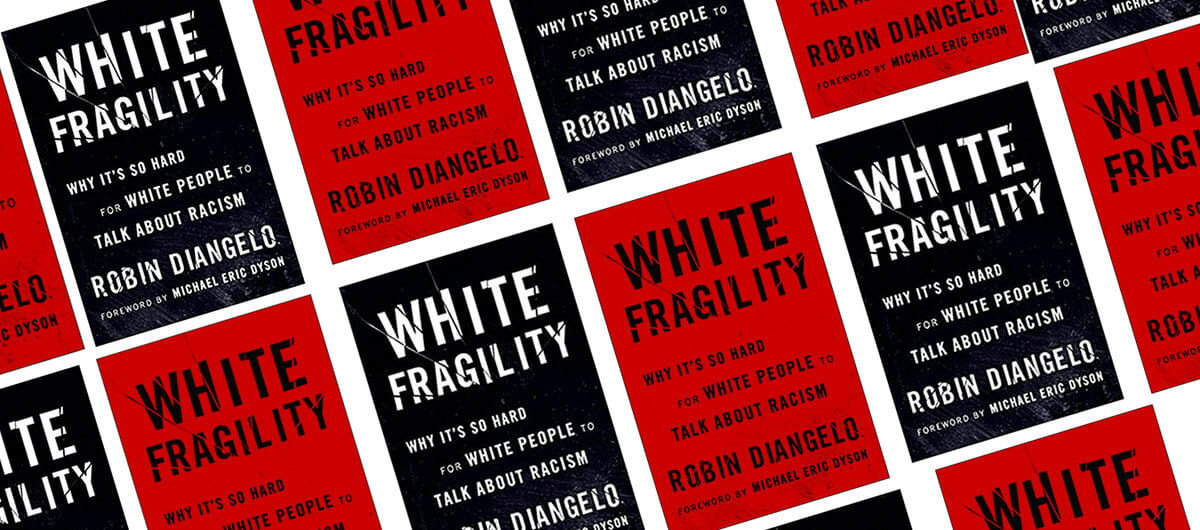by Pam Zuber
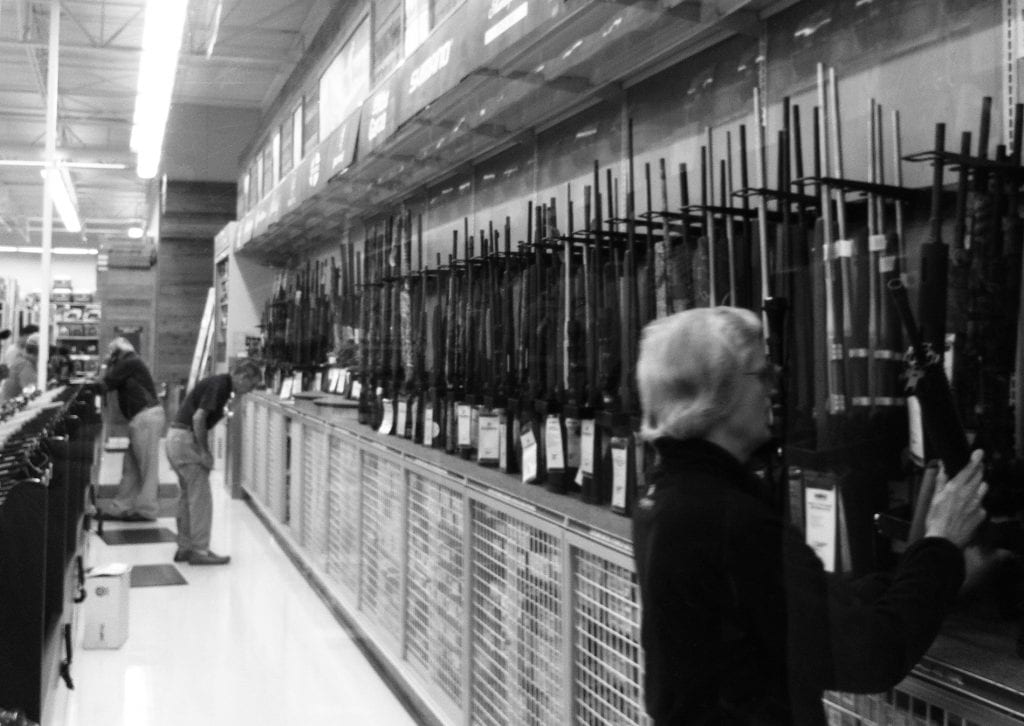
The grim timeline:
- On December 14, 2012, a gunman entered Sandy Hook Elementary School in Newtown, Connecticut. He killed twenty children, six adults, and then himself. The gunman also killed his mother earlier in the day.
- On March 15, 2019, another gunman traveled to two mosques in Christchurch, New Zealand and opened fire. As of April 2019, he killed fifty people and wounded fifty more.
- On March 21, 2019, New Zealand Prime Minister Jacinda Ardern announced that her country would ban sales of assault rifles beginning April 11, 2019, and reimburse people for returning rifles that they already owned. The country has also reclassified guns to make them more difficult to purchase.
- On April 11, 2019, the United States still did not have substantial legislation against many types of weapons, even assault weapons that were once banned but were now legal.
Two countries, two tragic events, two very different approaches to gun ownership and legislation. What do the differences say about the two countries? What do the differences say about human rights? The shootings represent an egregious attack on human rights. Many victims in the Newtown attack were children. Many victims in the Christchurch attack were refugees and members of a religious minority. The attacks targeted some of the most vulnerable members of society. The shootings were also attacks on the greater society charged with protecting these vulnerable members.
Both shootings occurred in what should be safe spaces: schools and religious buildings. Advocates of gun ownership say that the Second Amendment of the U.S. Constitution supports their stance. It states: “A well-regulated militia, being necessary to the security of a free state, the right of the people to keep and bear arms, shall not be infringed.” One can argue, though, that the Christchurch and Newtown victims experienced violations of the First Amendment of the Constitution. The mosque worshippers in Christchurch were expressing their religion, a First Amendment right. The children and adults in Newtown were exercising the “right of the people peaceably to assemble,” according to the words of the First Amendment.
While the dead and wounded people in New Zealand were not obviously U.S. citizens, they definitely experienced a violation of their human rights, if not technically a Constitutional one. Could the banning of assault-type weapons in that country help protect the rights of future New Zealanders? If the United States government does not issue such bans, is it violating its own citizens’ rights? Maybe. After all, commentators often cite that the National Rifle Association (NRA) is one of the major reasons why U.S. legislators cannot or will not pass major legislation against guns. The NRA is a U.S. organization that finances the campaigns of many U.S. politicians who oppose gun control. The NRA also encourages voters to vote for such candidates, making it a well-organized effort that exerts consistent pressure in favor of gun rights.
Wouldn’t it be better to divert our resources elsewhere? Money and time that the NRA and other organizations spend on campaigns to support gun ownership would arguably be better spent on mental health screening, treatment for drug and alcohol abuse, and other forms of preventative health care. Time and money that could be better spent on law enforcement efforts that look for potential trouble instead of reacting to it after it occurs. This is not to say that all shooters struggle with their mental health and that governments should track our every move. But, “weaknesses and lapses in the educational and healthcare systems’ response and untreated mental illness” contributed to the “deterioration” of the shooter in the Newtown attack, according to the Connecticut Office of the Child Advocate. The shooter in the Christchurch attack live streamed the attacks and may have posted his intentions on social media before he carried out his plans.

New Zealand’s new laws are in line with regulations in other countries. Well-known for not participating in armed international conflicts, Switzerland also has strict rules about gun ownership. The country requires its male citizens to serve in its military. Sometimes Swiss men keep their weapons after their service, but this number has been declining. Swiss laws do not allow people to own firearms if they are struggling with drug or alcohol abuse or have been convicted of a crime. The country has laws that require people to obtain gun permits and typically only grant concealed weapon permits for police or security officers. Authorities in Swiss regions known as cantons determine if people are fit to own guns. They may talk with psychiatrists or authorities in other cantons to make such decisions. They also keep records of who owns guns in their cantons, although some semiautomatic long guns and hunting rifles are exempt from such records.
Switzerland had a population of approximately 8.5 million people and twenty-six cantons in a country of about 16,000 square miles in March 2019. The United States had a population of approximately 329 million people and fifty states in a country of about 3.8 million square miles in March 2019. It also has a federal district and various territories. Gun laws already vary widely in the fifty U.S. states, territories, and the federal district. Given the large population and geographic size of the United States, delegating the states to create and implement new gun laws may not be possible. Federal legislation would be more feasible to regulate weapons in the United States.
Another country, New Zealand’s neighbor Australia, may be a good example of federal weapon legislation. After a gunman killed thirty-five people in the Australian island state of Tasmania in 1996, the federal and state governments of Australia implemented a number of weapons ban from 1996-98. Under the Australian laws
- Licenses and registrations are required to own weapons.
- Police must determine whether people have satisfactory reasons for owning weapons.
- Private firearm sales are prohibited.
- People may not own weapons for self-defense and very few may own handguns.
- Semiautomatic weapons are banned. Like New Zealand, the Australian government bought such weapons from private owners.
Australia’s gun control laws have produced dramatic results. While there were thirteen mass shootings in Australia from 1979 to 1996, there were none from 1996 to 2006. In 1979 to 1996, Australia witnessed an average of 627.7 firearm deaths every year. From 1996 to about 2003, Australia witnessed 332.6 firearm deaths annually. The country also experienced declines in firearm suicides, firearm homicides, and unintentional firearm deaths after the passage of the laws.
Limiting semiautomatic and assault weapons and passing stricter gun control legislation may mean fewer deaths. Australia and Switzerland know this. New Zealand may learn this. Given the reluctance of U.S. authorities to take such measures, it doesn’t look like the United States will learn this any time soon. If it doesn’t, more senseless firearm tragedies like Newtown (and Parkland, Las Vegas, Orlando, Christchurch, and so many other places) may occur. Until the United States limits and legislates guns, its citizens’ rights to peace and safety are in peril.
About the author: Pamela Zuber is a writer and an editor who has written about human rights, health and wellness, business, and gender.
